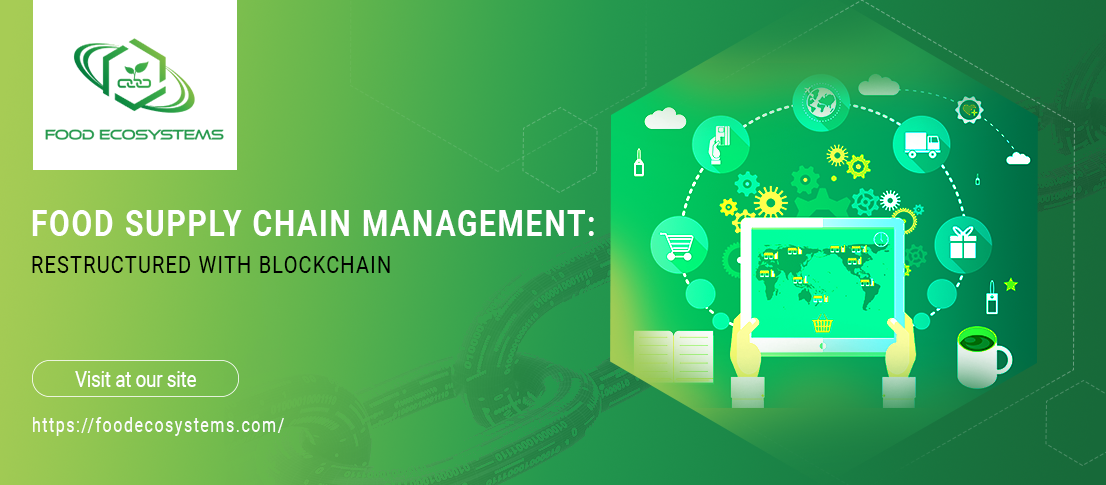Food Supply Chain Management: Restructured with Blockchain
26 Apr 2024

Supply chains are a promising field for the application of blockchain techniques. The neutral ground from the blockchain can help to integrate participants into a supply chain. The audit trail and integrity within the supply chain improve transparency and confidence in the industry.
Blockchain technology in the food supply chain is the highest potential of Australian meat products. Across the industry, meat's origin has become crucial in ensuring food quality, safety and determines how the products are produced. The direct implication of the food supply chain management is overload with communication and inventory.
How can blockchain technology be applied to restructure food supply chain management?
With blockchain technology, the supply chain can improve its operational capacity and efficiency of the food supply chain. Here's how blockchain technology is applied to restructure the food supply chain management:
Transparency
The transparency of the blockchain helps to perform careful documentation throughout the journey. It starts from the point the products get supplied to all its suppliers. It increases trust among the different parties within the supply chain as all the data are visible to everyone.
The blockchain attributes value to the market and accomplishes a log within the networks. It replaces the traditional mechanism of the price under the control of the stakeholders with logistics and analytics-based value. Moreover, it equips with transparency in the supply chain as transactions are verified and shared with the participants.
Immutability
Immutability means the blockchain has all the records that are correct and corruption-free. The security from its innate cryptography eliminates unnecessary audits. Thus, it saves both time and money
Improved Tracing
Traceability is at the centre of food supply management. The fast-tracking and evaluation of the product's age and quality acts as a trigger to the supply chain for unsafe products. It saves both transport cost and the cost of that product.
Blockchain helps to detect disruptions when they occur and take immediate measures. Such is the power of a blockchain that all stakeholders can create along the food chain. They also share data in a secure way that increases your accountability.
Waste reduction and food safety
The food supply chain helps deliver food safely to their customers in the food industry. For this, the machine learning tools and blockchain can take care of that effectively. The goods can be tracked through sensors. This helps in detecting the quality and the durability of the products throughout the supply chain.
Conclusion
A collaborative food supply chain powered with blockchain facilitates complete accountability with digitization and stores transaction documents that are permanent and transparent. It, therefore, removes possibilities of fraud in the food chain.